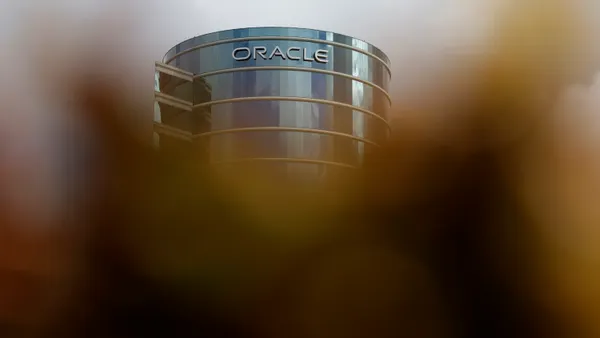Dive Brief:
-
The National Collegiate Athletic Association (NCAA) is gearing up for one of its most important basketball events of the year: March Madness. This week, the NCAA's selection committee will rent a floor in a New York City hotel, fill a room with dozens of screens and make the grueling decision of determining which men's and women's basketball teams will make the cut and how they will be seeded, said Judd Williams, CIO of the NCAA, in an interview with CIO Dive. The men's field is announced on the Selection Sunday show, the women's teams learn their fate on Monday.
-
In the room with committee members will be the developer of the NCAA's custom built selection tool application, which will help the committee crunch and analyze data. The tool will not generate a suggested bracket for the committee.
-
The judgment ultimately falls to the human eye because a variety of factors outside of win-loss counts and ranking must factor in, according to Williams. On the men's side 32 teams get an automatic bid, leaving the committee to pick the other 36, rounding out the 68-team field. With the women, 32 teams automatically qualify and 32 are selected for the 64-team tournament. However, the selection tool can offer valuable insight into hypothetical comparisons for the committee, such as how two teams that have never played each other might match up. But data cannot account for buzzer beaters, of which the NCAA has a long history.
Dive Insight:
The committee is tasked with no easy feat. Conference games will continue running through Saturday and spillover into Sunday, so nothing can be finalized until mere hours before the announcement takes place.
"It's a very tense four or five days while they are trying to pick the teams, and then we've got the looming deadline of the national broadcast on CBS," said Williams.
And the fun doesn't stop there. "Once they select the teams, which usually occurs around noon on Sunday, then we've got to do the bracketing," said Williams. The NCAA has to decide which teams get sent to which regions and coordinate hundreds of flights, buses and accommodations at the drop of a hat.
But data analytics and modern technology are making the job a lot easier for the NCAA, which made Google Cloud Platform its official partner in December. The NCAA is still in the midst of migrating decades-worth of game and player statistics to the cloud, but Williams is excited for the data analytics capabilities this partnership will bring, including possible facilitation of future Selection Sundays.
Google and the NCAA are also making several years worth of basketball data available for data scientists and developers trying their hand at bracket challenges. The two organizations announced a machine learning bracketology competition last month.













